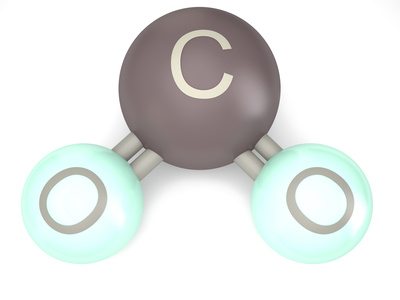Learn Geography Online
It has been shown that there is an inverse relationship between the amount of CO2 in the soil and the amount of oxygen in the soil. Too much CO2 in the soil, say in excess of 4-5% can inhibit the up take of nutrients. Some studies have shown that only does the toxicity level of CO2 come into being when it exceeds the level of oxygen. The acidity of soil is therefore related to wetness which in turn is related to O2 and CO2 content which in turn effects soil fertility.
Soil water which is inevitably linked to soil texture is vital to determining soil fertility. This water comes in three forms; hygroscopic which is unavailable to plants and is the thin film around particles. Capillary water which occupies the small spaces between pores and gravitational water which freely drains. Plants obviously need water to survive, plus they get their nutrients from the water. The capillary potential is the amount of force required to suck up water from the soil. It requires more force to suck up soil that is drier or can retain less water. The amount of water that a soil can retain is effected by the pore space between the particles, the size range and their surface area. Sandy soils for example tend to lose much water and nutrients because of their high porosity. This is due to leaching. Water availability and therefore nutrient availability are poor in these sandy soils.
Clay however has small spaces between pores and not much water can be sucked up at the wilting point of the soil. The best type of soil for water nutrient extraction and therefore fertility with regard to structure would therefore be a silt or a combination of silt and sandy loam (Etherington p121).
